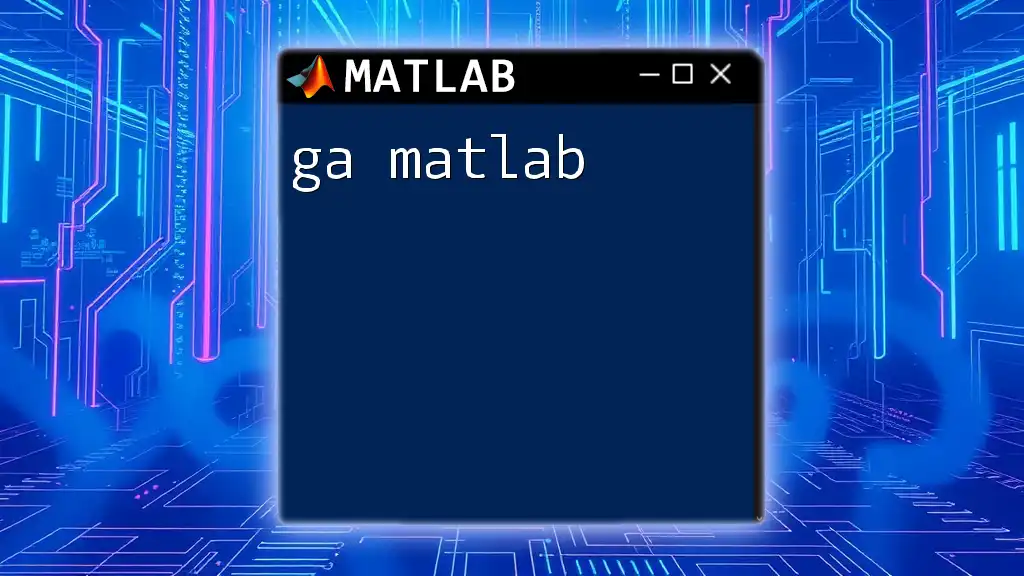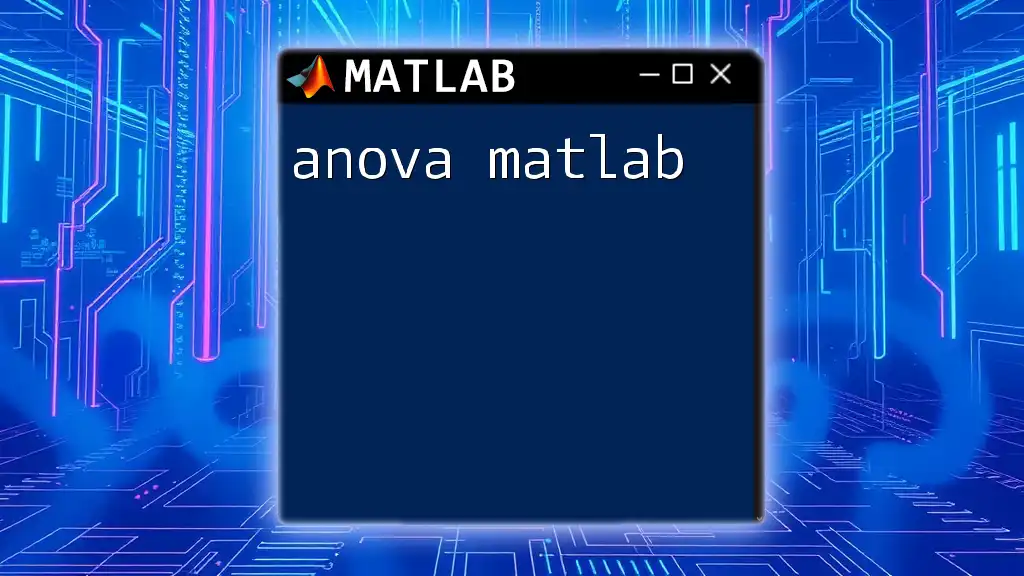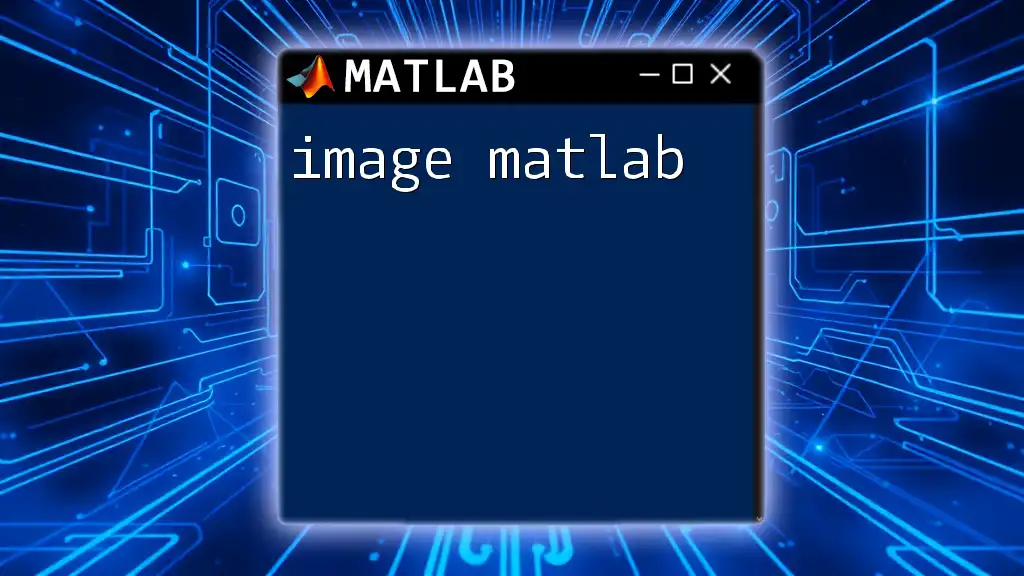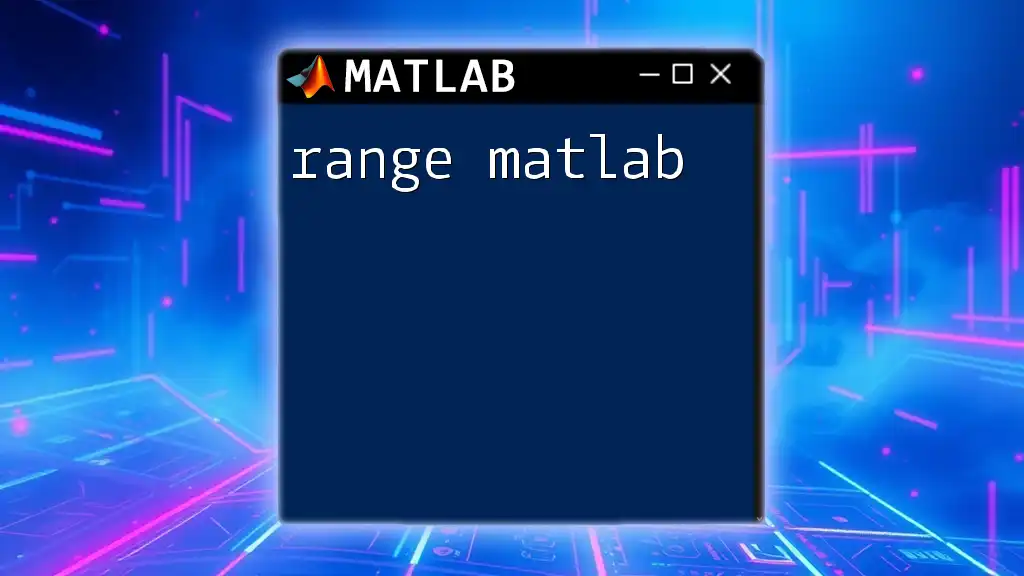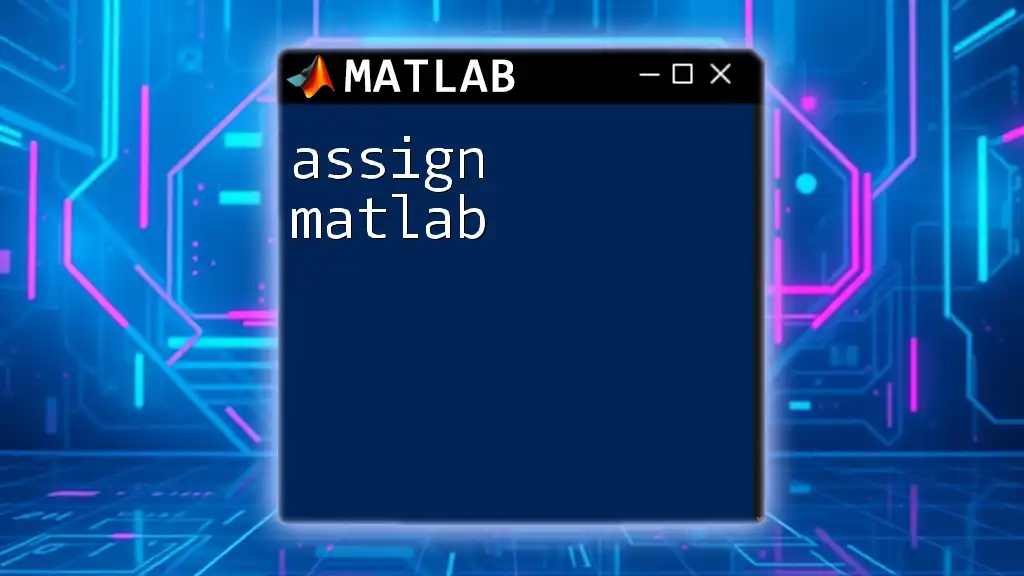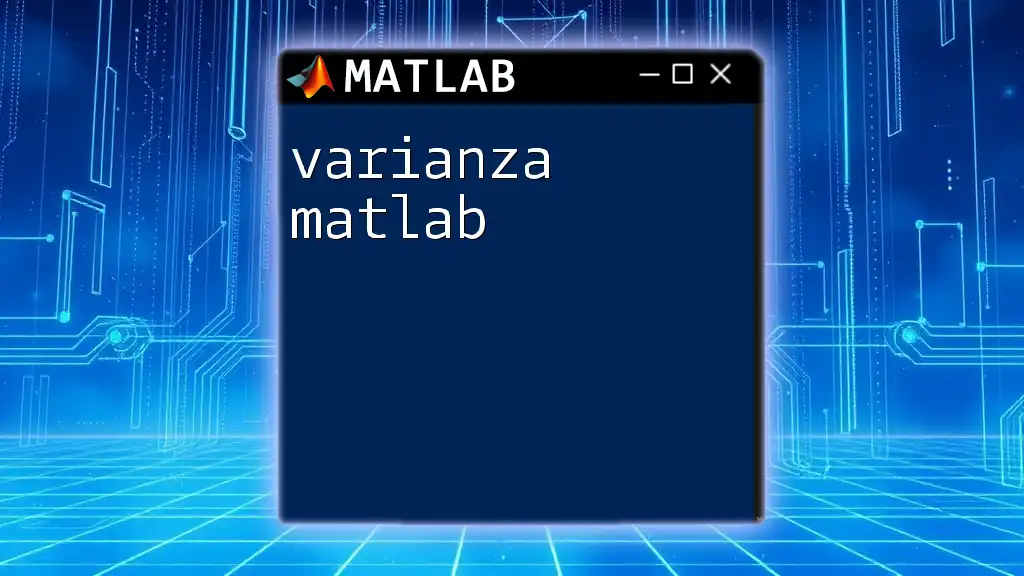The "ga" function in MATLAB is used for solving optimization problems using a genetic algorithm, enabling users to find the minimum of a given function efficiently.
% Example of using the ga function to minimize a simple quadratic function
fitnessFcn = @(x) x(1)^2 + x(2)^2; % Objective function
nvars = 2; % Number of variables
[x, fval] = ga(fitnessFcn, nvars);
disp(['Optimal solution: ', num2str(x)]);
disp(['Function value at optimal solution: ', num2str(fval)]);
Introduction to Genetic Algorithms (GA) in MATLAB
What is a Genetic Algorithm?
Genetic Algorithms (GAs) are inspired by the process of natural selection and are a part of evolutionary computation. They are used to find approximate solutions to optimization and search problems. The core idea revolves around the evolution of a population of candidate solutions over successive generations, leveraging mechanisms such as selection, crossover, and mutation. In various fields ranging from engineering to economics, GAs are employed for tasks like function optimization, machine learning, scheduling, and much more.
Why Use MATLAB for GA?
MATLAB is a powerful environment for implementing GAs due to its intuitive syntax and rich set of built-in functions. The Global Optimization Toolbox offers essential functionalities for implementing GAs efficiently. With MATLAB’s powerful visualization tools, users can easily track the progress of their algorithms through graphical representations, making it ideal for both educational purposes and advanced research.
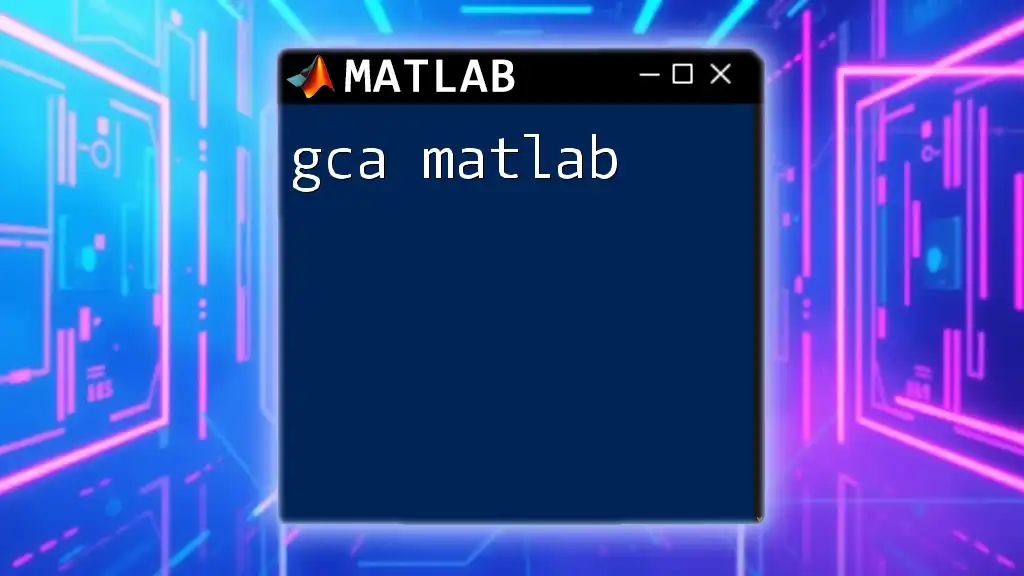
Getting Started with GA in MATLAB
Installing MATLAB and Required Toolboxes
To dive into using `ga matlab`, you first need to have MATLAB installed. You can download it from the official MathWorks website. Make sure to include the Global Optimization Toolbox during your installation, as this toolbox contains the necessary functions for executing genetic algorithms.
Setting Up Your Environment
Once MATLAB is installed, familiarize yourself with the interface. The Command Window, Editor, and Workspace are critical components. You can type commands directly into the Command Window to get quick results. Understanding basic commands will help you navigate smoothly through both scripting and interactive applications.
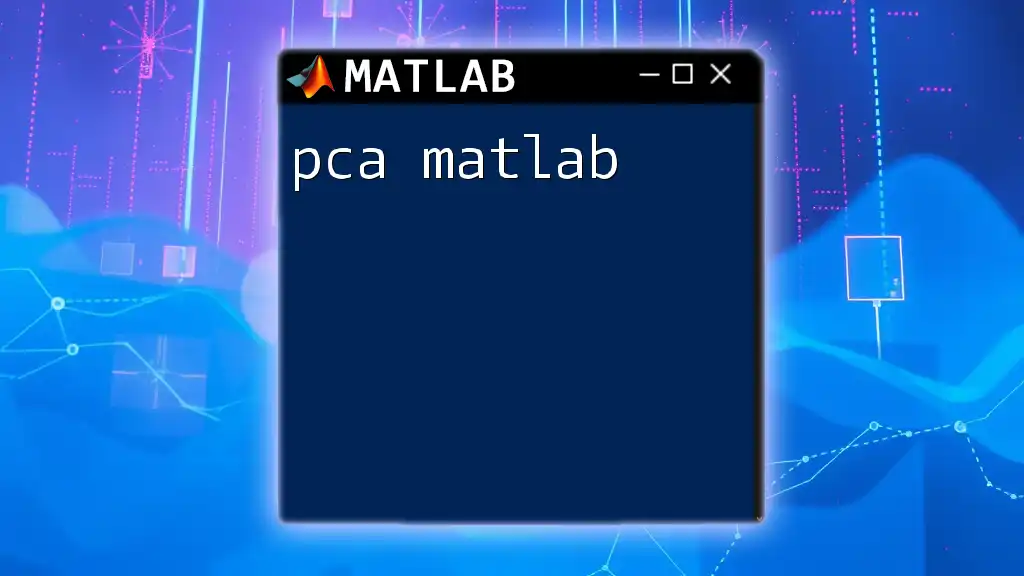
Key Concepts of Genetic Algorithms
Basic Terminology
Before implementing GA, it's vital to understand the terminology used:
- Population: A set of potential solutions.
- Chromosome: A representation of a single solution to the problem.
- Gene: A component of a chromosome, representing a variable in the solution.
- Fitness: A measure of how good a solution is concerning the optimization problem at hand.
- Selection, Crossover, and Mutation: These are the mechanisms that allow genetic algorithms to evolve and refine the population over time.
How Genetic Algorithms Work
The functioning of GA can be encapsulated in a series of steps:
- Population Initialization: Start with a random set of solutions.
- Evaluation of Fitness: Assess how well each solution performs regarding the objective function.
- Selection of Parents: Choose solutions based on their fitness for reproduction.
- Crossover and Mutation: Create new solutions by combining and randomly altering existing solutions.
- Creating Next Generation: Replace the old population with new solutions and iterate.
This process allows GAs to effectively explore the solution space and navigate toward optimal solutions over multiple iterations.
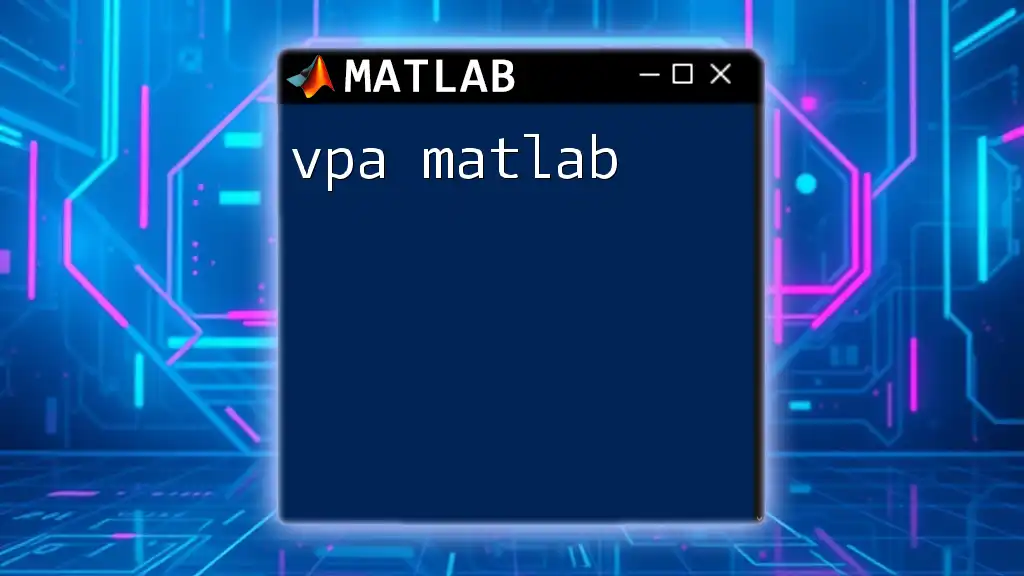
Implementing GA in MATLAB
Writing Your First GA Script
Building your first GA in MATLAB can be exciting. Here's a simple code snippet that demonstrates how to optimize a basic function using genetic algorithms:
% Sample GA implementation for a simple optimization problem
function simpleGA()
% Define the number of variables and the search space
nvars = 2;
lb = [0, 0]; % Lower bounds
ub = [10, 10]; % Upper bounds
% Define the fitness function
fitnessFunction = @(x) -((x(1) - 5)^2 + (x(2) - 5)^2); % Example: simple quadratic
% Options for the genetic algorithm
options = optimoptions('ga','PlotFcn',@gaplotbestf);
% Call the Genetic Algorithm
[x, fval] = ga(fitnessFunction, nvars, [], [], [], [], lb, ub, [], options);
% Display results
fprintf('Best solution: %f, %f\n', x(1), x(2));
fprintf('Best fitness value: %f\n', fval);
end
In this script, we define a simple quadratic fitness function to minimize. Upon execution, the GA searches for the optimal solution within the specified bounds while plotting the best fitness value over generations.
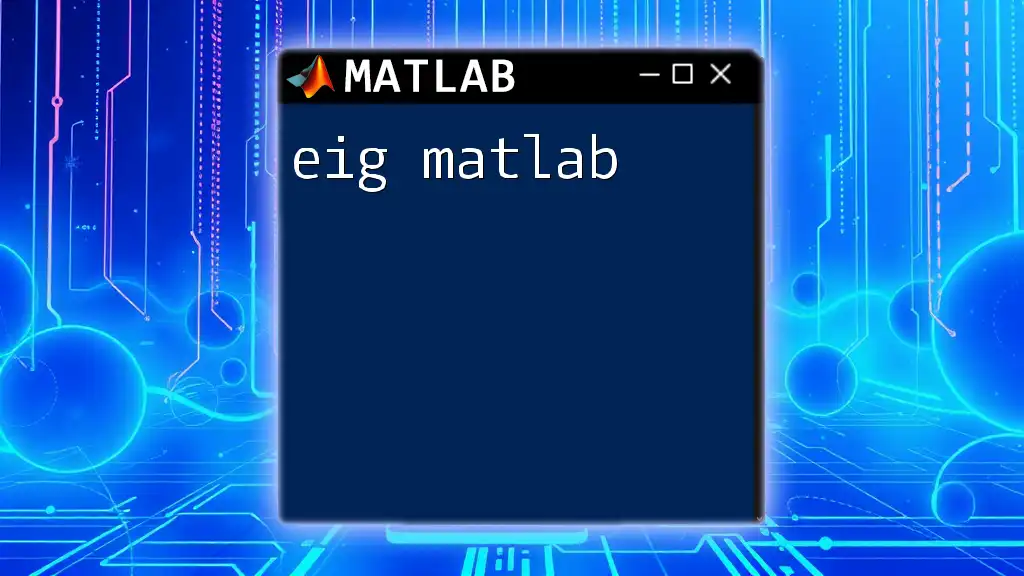
Advanced GA Techniques in MATLAB
Customizing GA Parameters
To optimize the performance of your genetic algorithm, customizing GA parameters is crucial. You can tweak values like population size, crossover fraction, and mutation rate to see how they affect the algorithm's efficiency:
options = optimoptions('ga', 'PopulationSize', 100, 'CrossoverFraction', 0.8, 'MaxGenerations', 200);
Adjusting these parameters allows you to balance exploration of the solution space with the exploitation of promising areas, which can significantly enhance results.
Using GA to Solve Real-World Problems
Genetic algorithms are highly effective in solving complex real-world problems. For instance, consider optimizing the design of a network or scheduling tasks in a project. By taking real constraints and objectives into account, GAs can yield solutions that may not be evident through traditional methods. Detailed case studies can showcase how GAs have been successfully applied across industries, providing deeper insights into their practical utility.
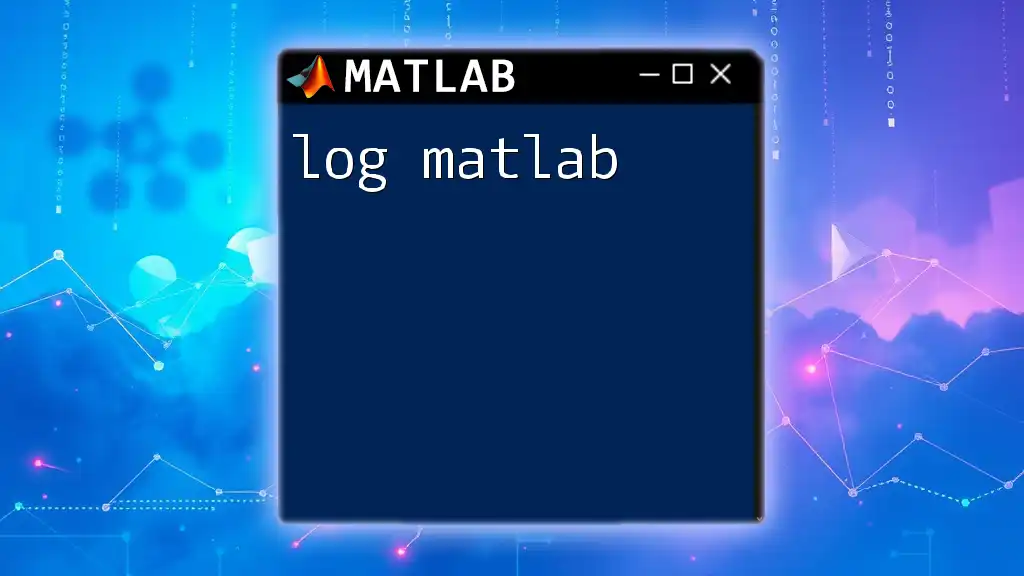
Troubleshooting Common Issues with GA in MATLAB
Common Pitfalls and How to Avoid Them
When implementing GAs, one may encounter issues like premature convergence, where the algorithm settles on suboptimal solutions too quickly. To mitigate this, consider:
- Diversifying your initial population.
- Adjusting mutation rates to introduce variability.
- Incorporating elitism, ensuring the best solutions are preserved through generations.
Understanding these common challenges can help you refine your approach and achieve better outcomes with your `ga matlab` applications.
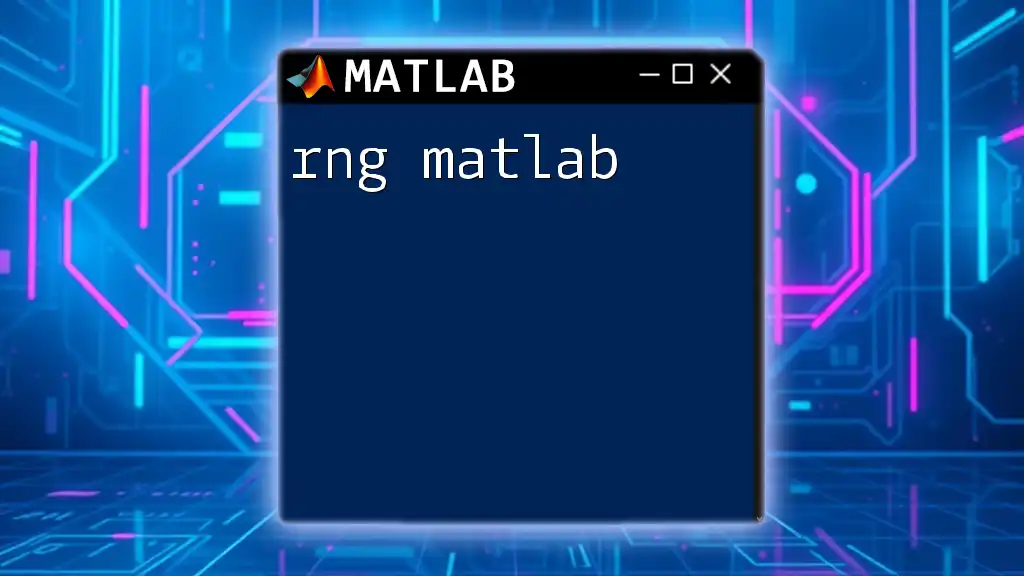
Conclusion
In summary, Genetic Algorithms are a powerful optimization tool available in MATLAB. By thoroughly understanding the concepts and applying the right techniques, beginners and experienced users alike can harness their capabilities. For those eager to delve deeper, numerous resources are available, and engagement with MATLAB communities can provide support and foster collaboration.
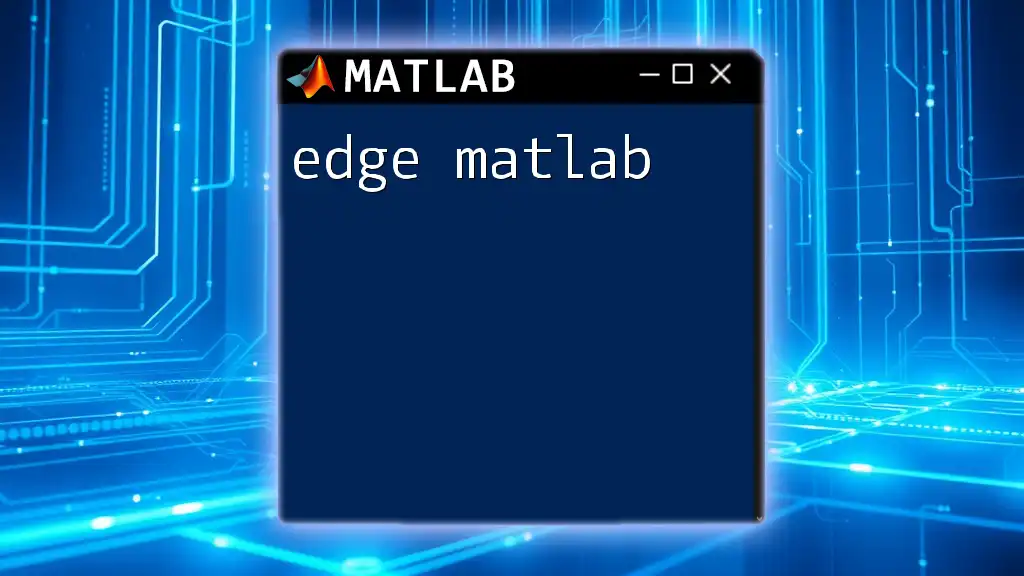
Additional Resources
Links to MATLAB Documentation
For further exploration, consult the official [MATLAB documentation](https://www.mathworks.com/help/gads/index.html) on genetic algorithms, which provides extensive guidance and additional examples.
Community and Forums
Engaging with online forums and MATLAB user communities can provide invaluable support, insights, and inspiration as you explore and implement GAs in your work. Consider joining platforms like MATLAB Central for discussions and knowledge sharing.

